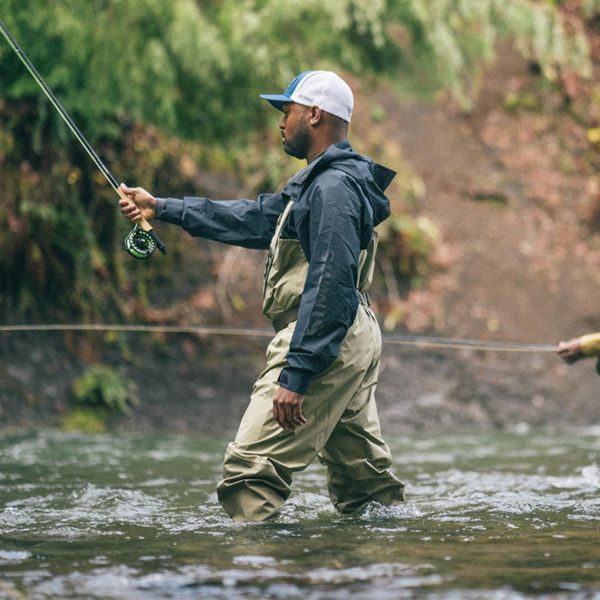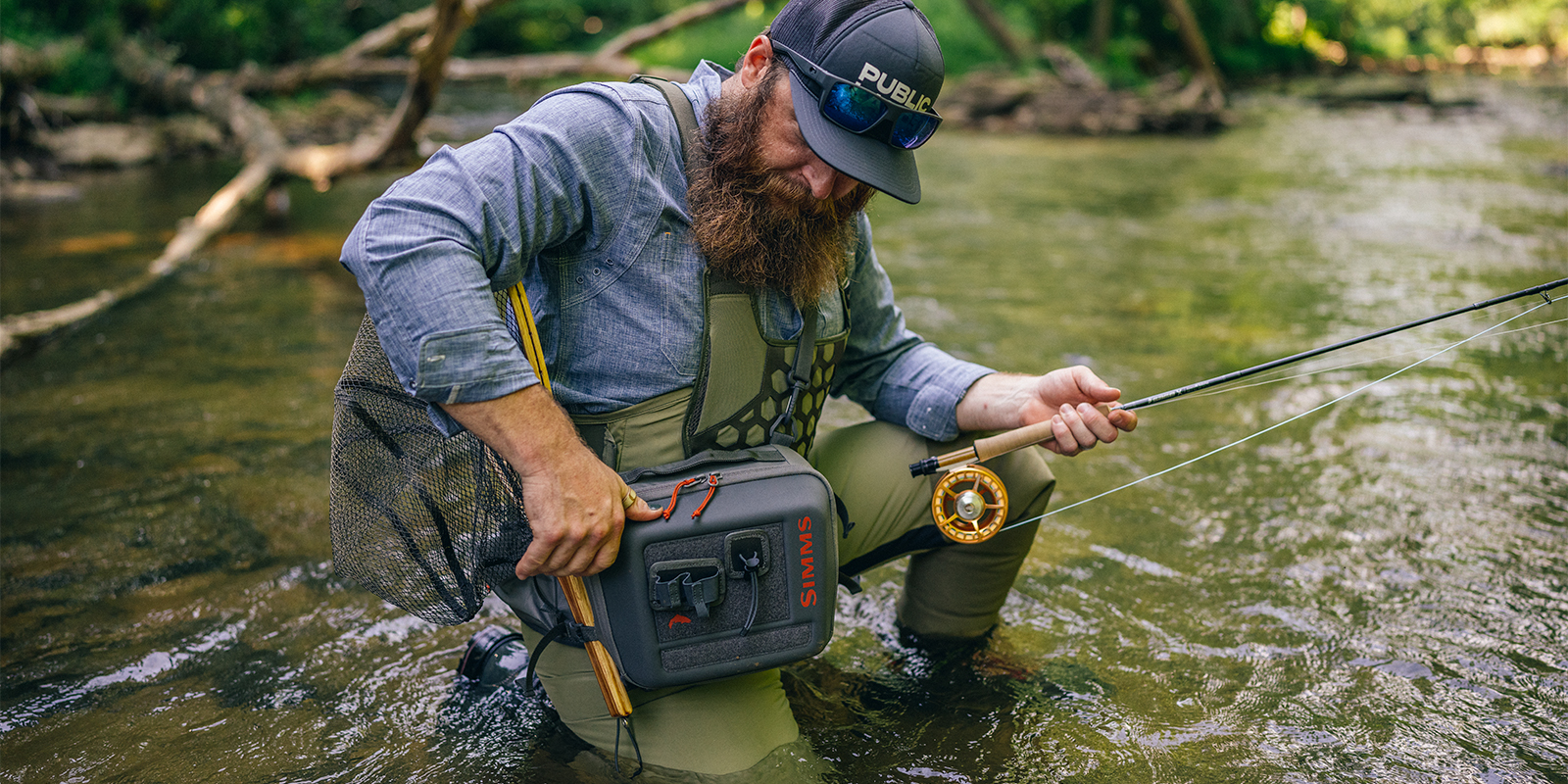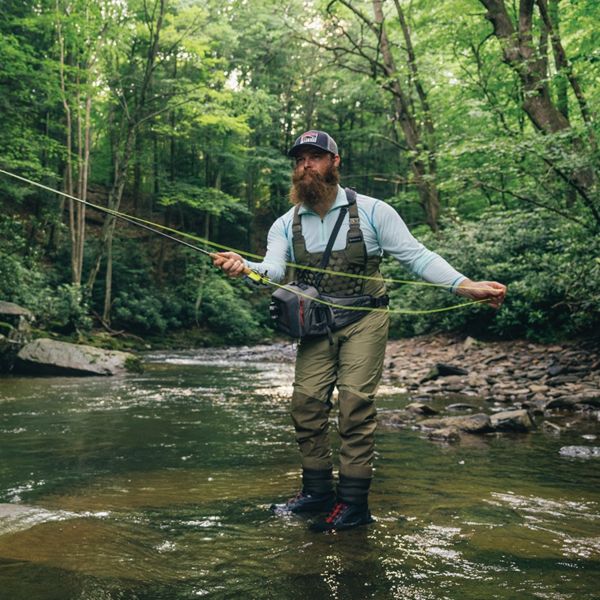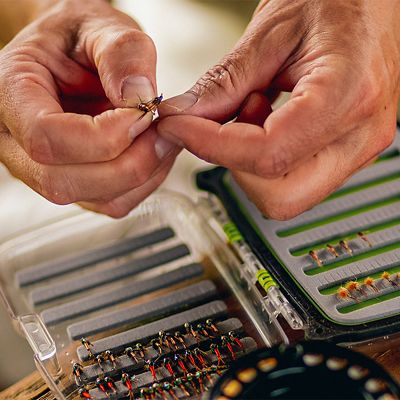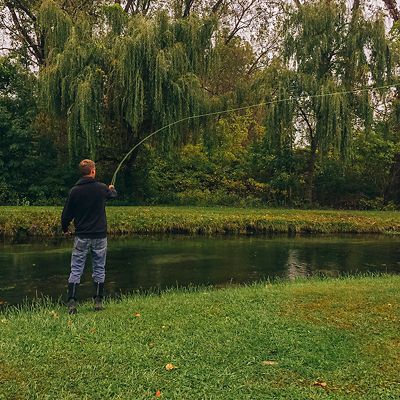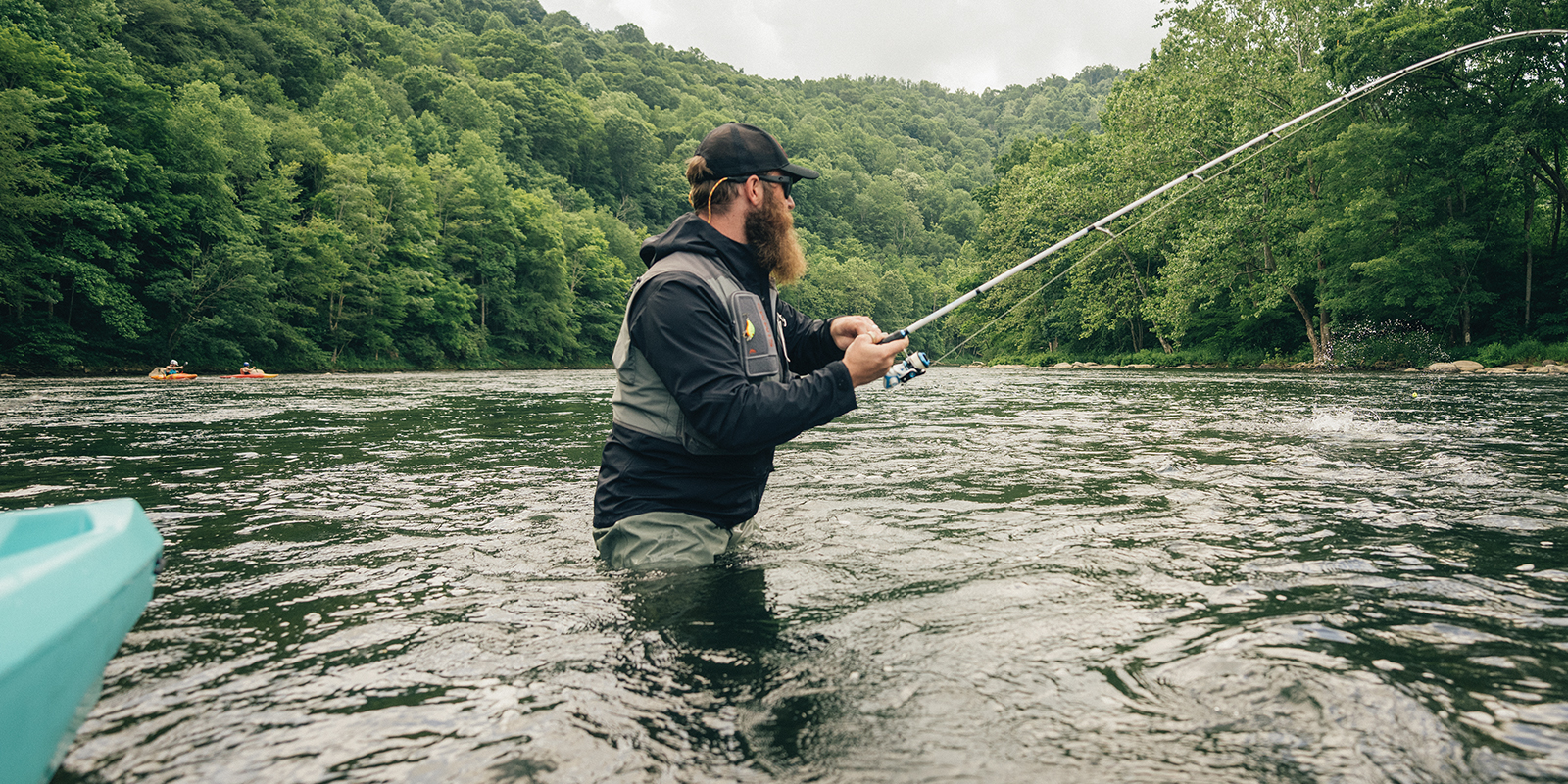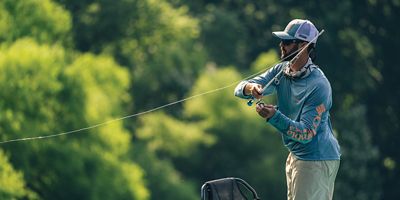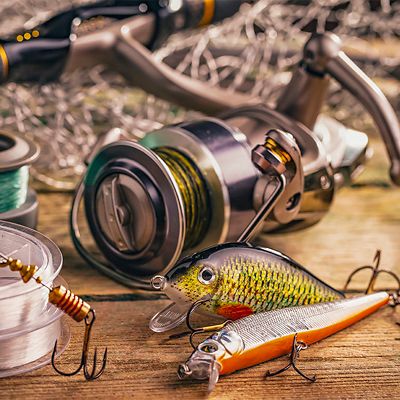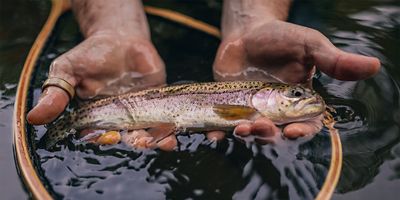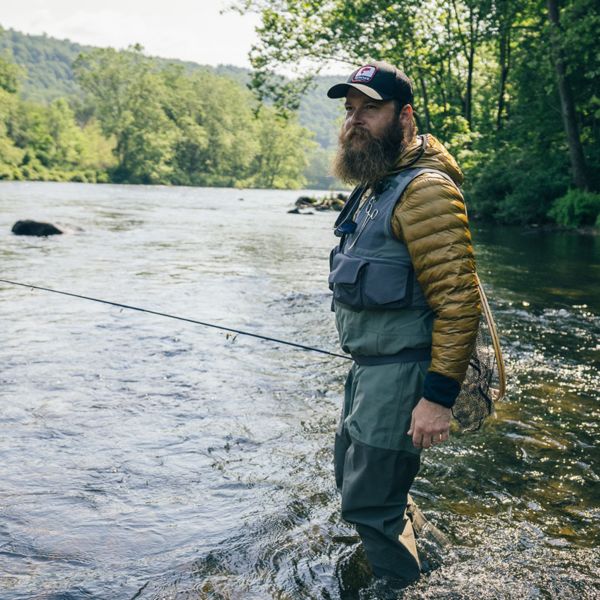
Bob Johnson has five adult children and 10 grandchildren, all of whom he’s taught how to fish. “It was Dad’s and Grandpa’s great joy to teach them all how,” says Johnson, the fishing specialist concierge at the Public Lands store in Columbus, Ohio. Starting some of his brood as early as 4 and others as teenagers, Johnson says that, regardless of fishing type and age, he’s followed the same points to instill a foundation of basics skills.
The most important step of any instruction? Keeping it fun is at the core, he advises, as is persistence. “A disastrous early attempt doesn’t preclude starting over,” he says, using the example of his wife’s first (and last) trip out as a little girl, ending with her accidentally hooking her father. “She didn’t want to fish and didn’t like to fish until I took her on our honeymoon to Mexico, hired a boat, and put her on the end of a saltwater setup,” Johnson recalls. “She hooked into a 400-pound blue marlin, brought it into the boat five and a half hours later and now I can’t keep her off the water!”
Returning fun to the pursuit created a memory that won’t fade. And it’s that longevity in interest that keeps fueling Johnson as well. Fishing as he sees it, “is the only sport I know that lasts a lifetime, long after the body has worn out for other activities,” he says. “And it’s super inclusive—boys, girls, men, and women all fish.” Here are his main pointers for starting any and all kids on that long, rewarding journey ahead.




